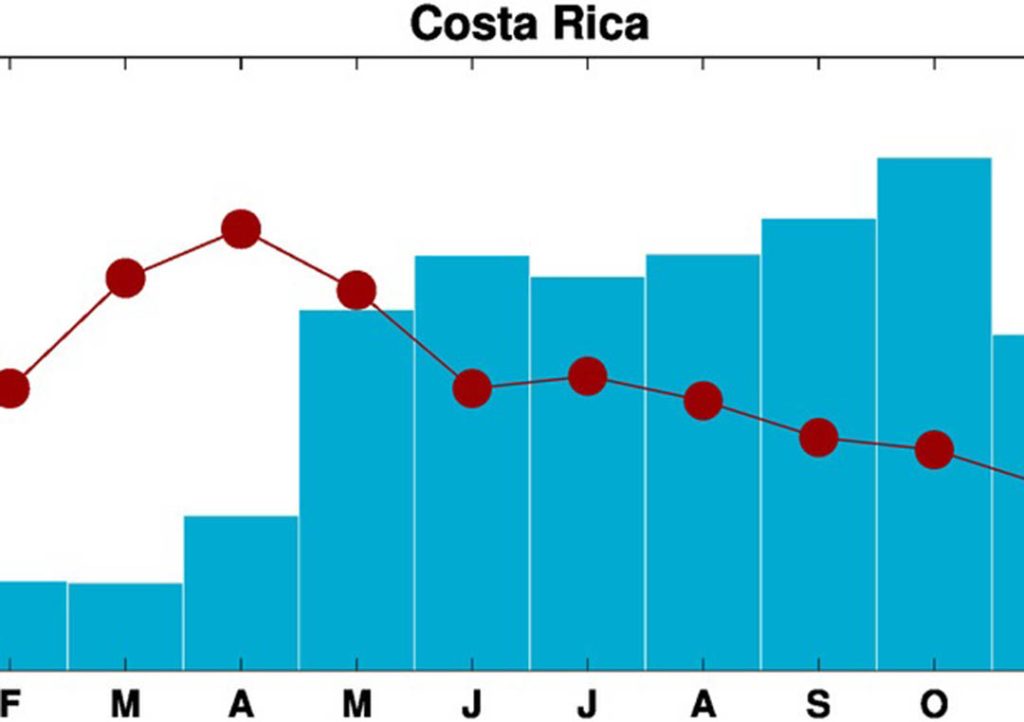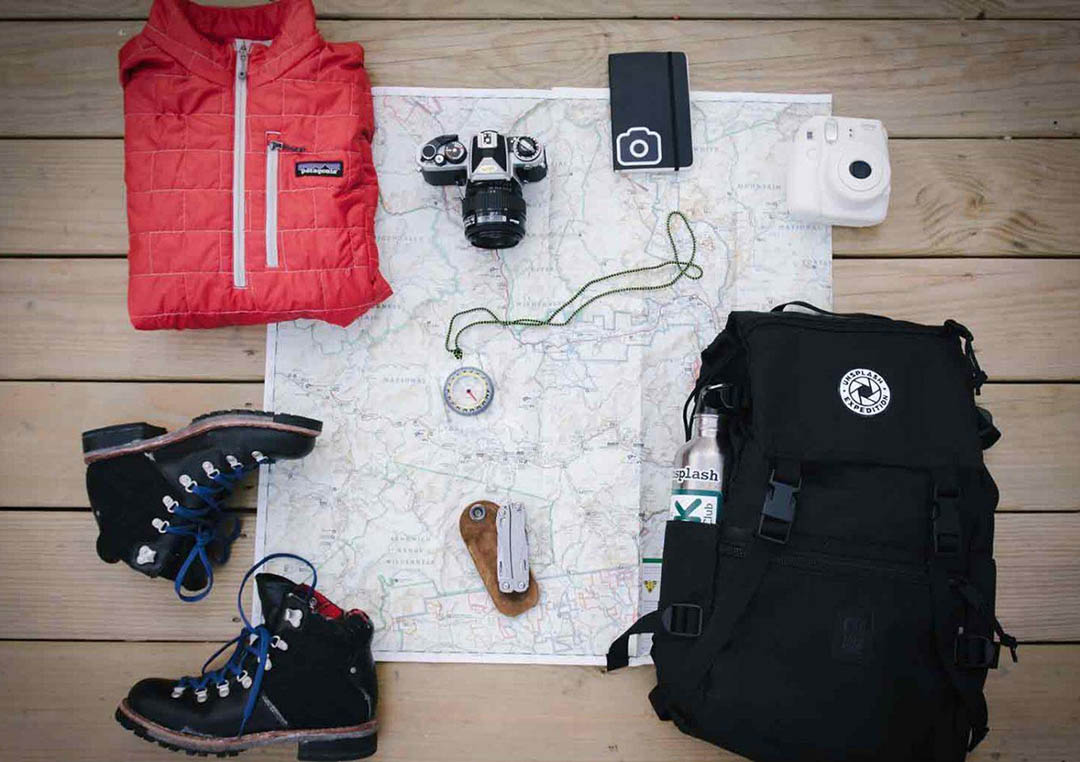Costa Rica, This Central American country, known for its abundant natural resources, unique biodiversity, and stunning landscapes, attracts countless visitors each year. Whether you’re drawn to tropical rainforests, active volcanoes, or pristine beaches, Costa Rica offers something for every type of traveler. Today, I’ll share some essential tips for traveling to Costa Rica, helping you plan a more enjoyable and hassle-free trip.
1. Essential Items to Bring
Before heading to Costa Rica, it’s crucial to consider the items you’ll need during your trip. Given the country’s diverse natural environments, proper preparation can make your journey more comfortable and safe. Here are some must-have items:
- Sunscreen and Insect Repellent
Costa Rica’s tropical climate means the sun can be quite strong, especially when you’re at the beach or engaging in outdoor activities. Sunscreen is essential to protect your skin. Additionally, with the presence of mosquitoes in rainforests and wetlands, insect repellent is a must to avoid bites. - Lightweight Waterproof Jacket and Shoes
While July and August are part of Costa Rica’s green season (rainy season), this shouldn’t deter you from traveling. During this time, occasional showers and slippery terrain are common, so a lightweight waterproof jacket and sturdy waterproof shoes are essential. - Travel Medications
Traveling in tropical regions requires bringing along basic medications. Pack essentials like stomach remedies, cold medicine, painkillers, and allergy medications, especially if you’re sensitive to pollen or insect bites. - Travel Guides and Maps
Although many rely on smartphone navigation, signals may be unstable in some remote areas. Having a travel guide and a paper map on hand as backups is a wise choice. - Multi-Functional Backpack
In Costa Rica, you’ll likely need to hike or engage in outdoor activities frequently. A lightweight, multi-functional backpack can help you carry essentials while providing flexible storage space.
2. Do You Need a Visa to Visit Costa Rica?
Understanding visa requirements is essential when planning a trip to Costa Rica. The country has different visa policies for visitors from various nations. Here’s what you need to know:
- Citizens of the U.S., Canada, and EU Countries
If you’re a citizen of the United States, Canada, or most European Union countries, you can enter Costa Rica without a visa for up to 90 days with a valid passport. You may be asked to show proof of onward or return travel upon entry. - Citizens of China
For Chinese citizens, Costa Rica is currently a visa-free destination. Travelers with a valid passport can enter the country without a visa and stay for up to 30 days. - Visa Extensions
If you plan to stay longer than the allowed visa-free period, you can apply for a visa extension at the local immigration office. However, it’s advisable to plan ahead to avoid any complications with your visa status.
Knowing the visa policies and preparing the necessary documents in advance will help ensure a smooth journey to Costa Rica.

3. When Is the Best Time to Visit Costa Rica?
Choosing the right time to visit is a key factor in planning your trip. Costa Rica’s climate is divided into two main seasons: the dry season and the rainy season. The dry season runs from December to April, considered the best time for tourism due to its pleasant weather, which is ideal for outdoor activities. The rainy season lasts from May to November, offering lush landscapes and fewer crowds.
- Visiting During the Green Season in July or August
Personally, I prefer visiting Costa Rica in July or August. Although this period falls within the green season (rainy season), it has its unique charm. During the green season, the vegetation is lush, waterfalls are more dramatic, and wildlife is more active. Additionally, there are fewer tourists, allowing for a more peaceful travel experience. - Weather Considerations
While the rainy season does bring showers, they are typically brief, often lasting only a few hours each day. Mornings and evenings are usually clear, making them perfect for outdoor adventures. It’s important to remain flexible with your plans and adjust your itinerary based on weather conditions.
4. How to Get Around During a Costa Rica Road Trip
One of the best ways to explore Costa Rica is by renting a car and embarking on a road trip. This not only gives you the freedom to explore various attractions but also allows you to immerse yourself in the local culture. Here are some tips based on my road trip experiences in Costa Rica:
- Choose the Right Vehicle
The road conditions in Costa Rica vary widely, with some areas requiring you to drive on muddy paths or through mountainous terrain. I recommend renting a 4×4 vehicle to handle these different conditions, especially during the rainy season. - Know the Traffic Rules
Costa Rica’s traffic rules are similar to those in other countries, but pay special attention to speed limits and road condition warnings. In some mountainous or rural areas, roads can be narrow and without guardrails, so drive carefully. - Navigation and Map Apps
Although most places have GPS signals, some remote areas may have unstable signals. It’s a good idea to download offline maps or carry a paper map as a backup. Google Maps and Waze are the most commonly used navigation apps in the region. - Fuel and Supplies
Before you set out, make sure your vehicle has enough fuel. It’s best to refuel in towns or near major roads, as gas stations may be scarce in some remote areas. Also, keep an eye out for food and supply stops along your route, especially if you’re planning a long drive.

5. A 2-Week Travel Budget
The cost of traveling in Costa Rica can vary depending on the season, type of accommodation, and personal preferences. Here’s a breakdown of my 2-week travel budget to give you an idea:
- Airfare
Airfare is one of the biggest expenses. Round-trip tickets from the U.S. or Europe typically range from $500 to $1,000. It’s advisable to book early to get the best rates. - Accommodation
Costa Rica offers a wide range of accommodation options, from budget hostels to luxury resorts. On average, a comfortable mid-range hotel costs between $50 and $100 per night, while luxury hotels can exceed $200 per night. Prices are generally lower during the green season, which is a great opportunity to save money. - Food and Dining
The cost of food varies by location. In cities and tourist areas, restaurant prices are relatively high, with meals costing around $10 to $20 per person. In local eateries known as “sodas,” you can enjoy authentic cuisine at more affordable prices, usually between $5 and $10 per meal. - Transportation
Rental car prices depend on the type of vehicle and rental duration, typically ranging from $200 to $500 per week. If you plan to cover long distances, consider fuel and insurance costs. Alternatively, you can opt for public transportation or join local tours. - Entrance Fees and Activity Costs
Entrance fees for Costa Rica’s national parks generally range from $10 to $20. Some special activities, such as volcano hikes, hot air balloon rides, and jungle excursions, require additional fees, which can range from $50 to $150. - Total Budget
Taking all these expenses into account, a 2-week trip to Costa Rica would likely cost between $2,000 and $3,000, depending on your travel style and spending habits.
Costa Rica is a land full of surprises, offering endless delights for adventurers and nature lovers alike. With proper planning and preparation, you can enjoy an unforgettable travel experience. I hope this blog post helps you gain a better understanding of what to expect when traveling to Costa Rica and provides useful tips for your next journey. Safe travels, and may you discover the beauty and charm of Costa Rica!




